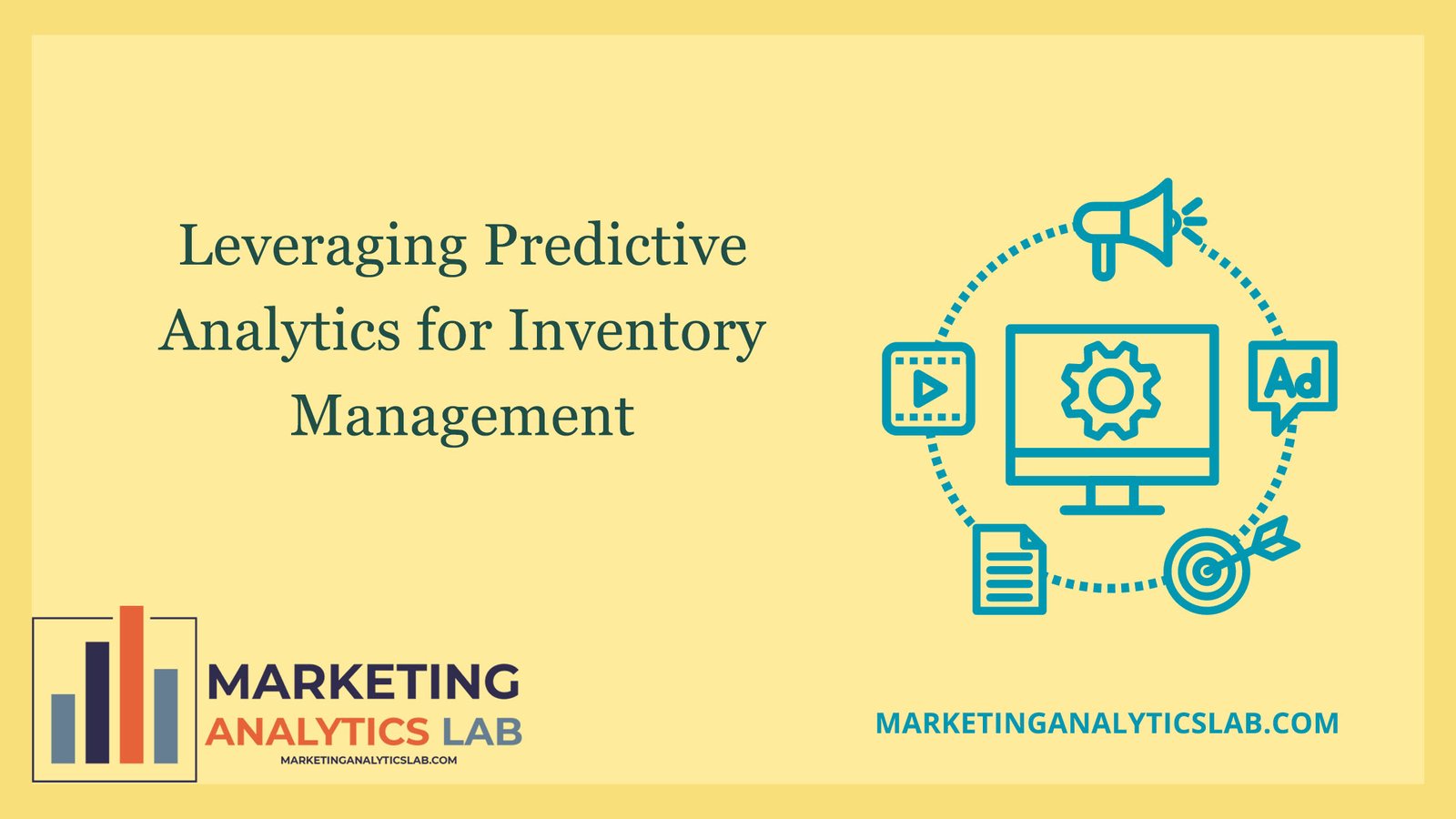Leveraging Predictive Analytics for Inventory Management
In today’s fast-paced business environment, accurate inventory management is crucial for maximizing efficiency and reducing costs. Predictive analytics is a powerful tool that can help businesses optimize their inventory levels, forecast demand, and improve overall supply chain operations. By leveraging predictive analytics, companies can make data-driven decisions that help them stay ahead of the competition and meet customer demands more effectively.
Maximizing Efficiency with Predictive Analytics
Predictive analytics utilizes historical data, statistical algorithms, and machine learning techniques to predict future trends and outcomes. In the context of inventory management, predictive analytics can help businesses forecast demand, identify trends, and optimize stocking levels. By analyzing past sales data, seasonality patterns, and market trends, companies can make more accurate predictions about future demand and adjust their inventory levels accordingly. This can help businesses minimize stockouts, reduce excess inventory, and improve overall operational efficiency.
Additionally, predictive analytics can help businesses identify potential risks and opportunities in their supply chain. By analyzing external factors such as economic conditions, weather patterns, and market trends, companies can proactively adjust their inventory levels and sourcing strategies to mitigate risks and capitalize on opportunities. This proactive approach to inventory management can help businesses reduce costs, improve customer satisfaction, and increase overall profitability.
Furthermore, predictive analytics can help businesses optimize their supply chain operations by identifying areas for improvement and streamlining processes. By analyzing data from various sources such as sales forecasts, production schedules, and supplier performance metrics, companies can identify bottlenecks, inefficiencies, and opportunities for optimization. This can help businesses reduce lead times, improve on-time delivery rates, and enhance overall supply chain performance. By leveraging predictive analytics for inventory management, businesses can drive operational excellence and gain a competitive edge in the market.
Streamlining Inventory Management Operations
One of the key benefits of predictive analytics for inventory management is its ability to streamline operations and reduce costs. By accurately predicting demand, businesses can optimize their inventory levels and reduce the amount of excess stock they hold. This can help businesses free up working capital, reduce storage costs, and minimize the risk of obsolescence. Additionally, by automating the forecasting process and leveraging real-time data, businesses can make faster, more informed decisions about their inventory levels, leading to improved efficiency and cost savings.
Another way that predictive analytics can streamline inventory management operations is by optimizing order fulfillment processes. By analyzing historical order data, customer preferences, and delivery times, businesses can optimize their order fulfillment processes to ensure timely delivery and reduce lead times. This can help businesses improve customer satisfaction, increase repeat business, and drive revenue growth. Additionally, by leveraging predictive analytics to optimize order routing, businesses can reduce transportation costs, improve delivery times, and enhance overall supply chain efficiency.
Overall, by leveraging predictive analytics for inventory management, businesses can gain valuable insights into their supply chain operations, optimize their inventory levels, and improve overall efficiency. By forecasting demand, identifying trends, and streamlining processes, businesses can reduce costs, improve customer satisfaction, and gain a competitive edge in the market. With the increasing complexity and volatility of today’s business environment, predictive analytics is becoming an essential tool for businesses looking to stay ahead of the competition and drive operational excellence.

